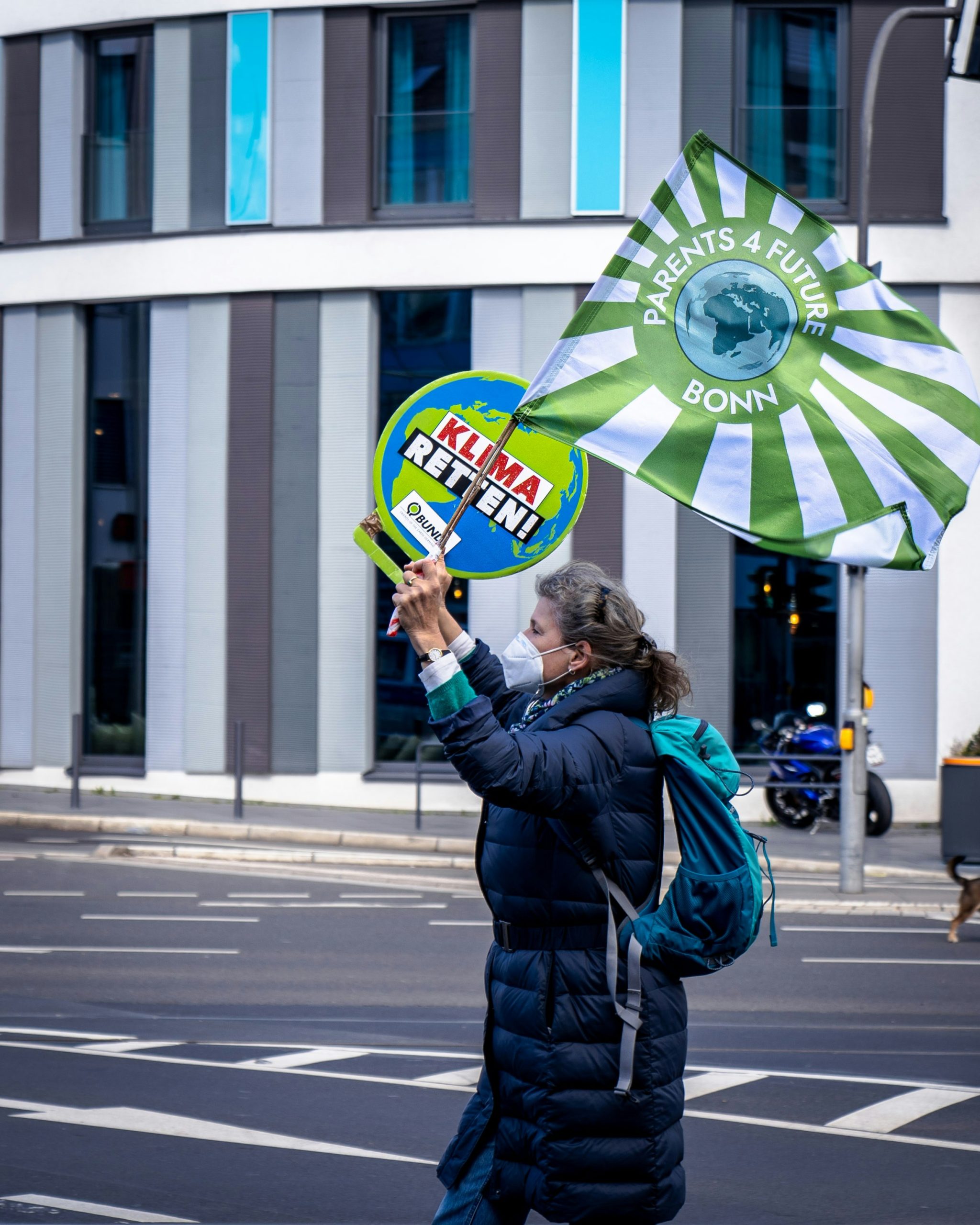Climate Change Impact on Outdoor Sports
Outdoor sports, cherished for their connection with nature and physical challenges, are increasingly feeling the impact of climate change. From skiing to surfing, these activities rely heavily on stable environmental conditions that are rapidly evolving due to global warming. Understanding these impacts is crucial for athletes, enthusiasts, and policymakers alike.
Rising Temperatures and Winter Sports
Winter sports like skiing, snowboarding, and ice climbing depend on consistent snow and ice conditions. However, rising temperatures have shortened the winter season in many regions:
- In the European Alps, average winter temperatures have increased significantly, leading to shorter snow seasons and diminishing snow cover.
- According to a study published in Nature Climate Change, winter seasons are projected to become shorter in the Northern Hemisphere.
These changes have forced ski resorts to invest heavily in snow-making technologies to compensate for the lack of natural snowfall, increasing their environmental footprint.
Changing Ocean Dynamics and Water Sports
Water sports such as surfing, sailing, and diving are also affected by climate change, primarily through altered ocean dynamics:
- Warmer ocean temperatures are affecting marine ecosystems and altering wave patterns, impacting surfing conditions.
- Increased acidity in oceans due to higher carbon dioxide levels can harm coral reefs, essential for marine biodiversity and diving tourism.
For example, coral bleaching events in the Great Barrier Reef have impacted diving tourism and related industries, highlighting the vulnerability of marine-based sports to climate change.
Extreme Weather Events and Outdoor Activities
Extreme weather events, intensified by climate change, pose risks to outdoor activities across the globe:
- More frequent and severe storms can disrupt outdoor events and endanger participants.
- For instance, the increasing intensity of hurricanes in the Caribbean has led to cancellations of sailing regattas and other water-based events.
These events not only affect the safety of athletes but also the economic viability of local communities reliant on outdoor sports tourism.
Adaptation and Mitigation Efforts
Despite these challenges, the outdoor sports community is actively engaging in adaptation and mitigation efforts:
- Ski resorts are investing in renewable energy sources to reduce their carbon footprint.
- Surfing communities are advocating for marine conservation and sustainable coastal development.
- Outdoor event organizers are implementing stricter weather monitoring and safety protocols to protect participants.
Moreover, athletes and organizations are increasingly vocal about the need for climate action, participating in advocacy campaigns and supporting policies aimed at reducing greenhouse gas emissions.
Conclusion
Climate change is fundamentally reshaping the landscape of outdoor sports. While the challenges are significant, there is growing momentum within the sports community to adapt to these changes and advocate for sustainable practices. By understanding and addressing the impacts of climate change, we can ensure that future generations can continue to enjoy and benefit from outdoor sports in a world where environmental stability and resilience are prioritized.




